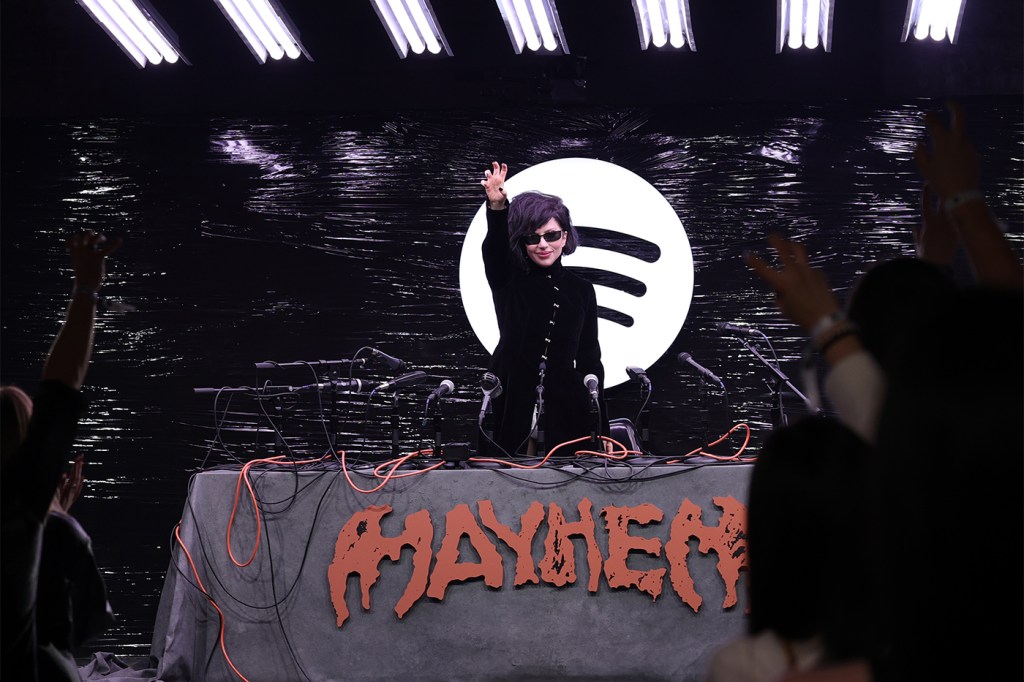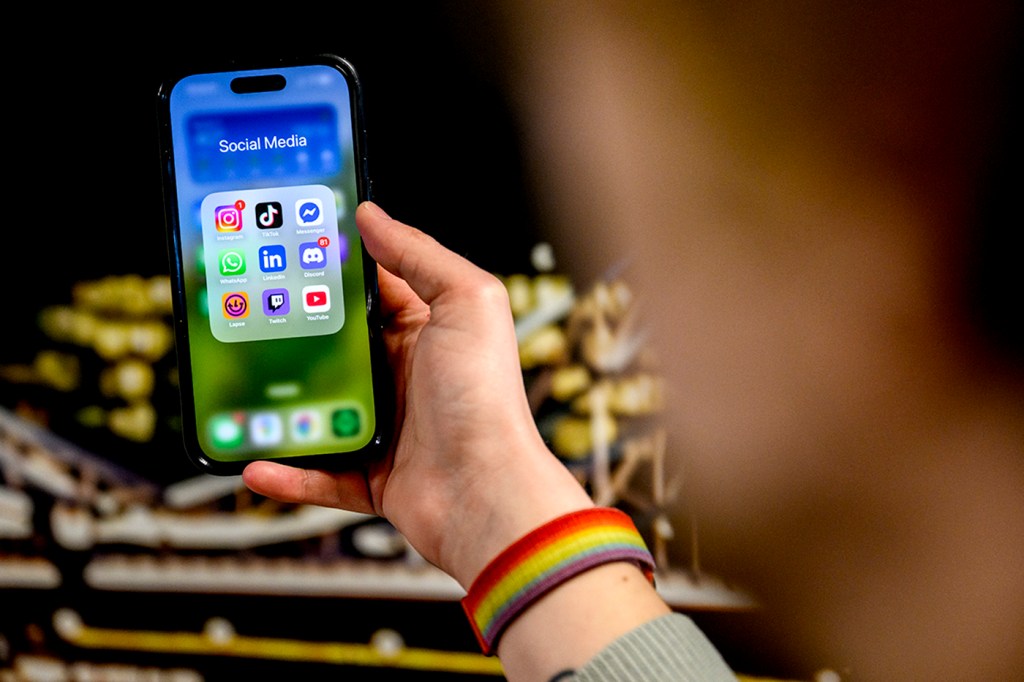What do this year’s record-setting Black Friday and Cyber Monday tell us about how consumers are feeling in this economy?

Black Friday and Cyber Monday online sales set new records this year—even against the backdrop of continued economic uncertainty driven largely by prolonged high inflation.
Coming into the holiday season, expectations were mixed. In an effort to avoid last year’s shortages, retailers stocked up on inventory. Inflation appears to be on its way down, but continues to dampen spending. And while the labor market seems to be holding strong, some argue that emphasis on low unemployment is overshadowing the true pain associated with rising costs.
Even though online sales outperformed most expectations over the weekend, persistent inflation and wonky economic indicators make it hard to properly measure consumer confidence, says Bruce Clark, associate professor of marketing at D’Amore-McKim School of Business.
“They [online sales] probably are up, but the other thing I would say is that year-to-year comparisons right now are just flaky,” Clark says. “I wouldn’t take them too seriously in that regard because last year was weird—and last year was being compared to 2020, which was huge.”

It was huge, of course, because of the COVID-19 pandemic, which forced people inside, saw millions receive government help in the form of stimulus checks and transformed the economy seemingly overnight. But since 2020, online sales have been growing at a much slower rate compared to years prior.
“Online is growing, but it isn’t growing leaps and bounds,” Clark says.
Beyond e-commerce, retailers have been working hard to woo shoppers back into stores with deep discounts and other promotions—an effort that, combined with an easing of pandemic-era restrictions, may have helped give foot traffic, and by extension spending, a needed bump.
Coming into the post-Thanksgiving start to the holiday shopping season, consumer confidence was already down two straight months. The record online sales might reflect the higher prices, Clark says; but they also pose another question—that is, are people buying more expensive items, but fewer units?
“I think, from what I am seeing, that is probably true,” Clark says. “And so dollar sales are actually not as good a metric this season because it’s hard to tease out what that means. But certainly in some categories it looks like people are preparing to buy less.”
Less buying was certainly forecasted. A recent Deloitte survey, for example, predicted that consumers were likely to purchase on average only nine Christmas gifts this year compared to 16 last year. The survey noted that roughly 37% of households said they are financially worse off compared to last year.
But broadly speaking, Clark says “dollars are probably growing faster than units, and traffic is probably growing faster than sales.”
“There was a really interesting report from RetailNext that found in-store traffic over the Black Friday weekend was up 2.5%, but in-store sales were down 3.1%, which suggests that people are in the stores, but not buying so much,” Clark says.
Of course, inflation matters. Clark says there are four points to be made against buying, and one only in favor.
“First, it does appear that people are trying to be more selective, and so they may be buying a little bit less,” Clark says. “Second, in that context, practicality. This is kind of anecdotal, but people are reporting that they’re working more from a list this year; they’re looking more to make sure they buy essentials. You may see less impulse buying in this regard.”
The third point he makes—which is somewhat related to his second—is planning. Households appear to be planning their purchases, which results in less impulse buying.
And lastly, he says, people may be waiting to buy.
“Everyone’s figured out that they’re going to give us discounts until December 24, so I think people may be waiting to see how this unfolds; all of that suggests some dampening,” Clark says.
The countervailing factor, Clark says, is guilt. “I can’t buy presents for my kids?” he says.
“That’s going to weigh on parents in particular,” Clark says. “You might stop buying presents for each other, but you’re not going to stop buying toys for kids. Kids are probably a little more inflation- and recession-proof.”
Some parents say they haven’t yet felt the inflation crunch on their holiday shopping.
“I have not thought too much about the effects of inflation on holiday gift buying,” says Sarah Shoemaker, of Natick, Massachusetts. “But I also say that as someone who is not buying a car for my kid.”
Shoemaker, who has two kids ages 11 and 13, says she has noticed, though, that companies have ramped up their marketing of certain products.
“It’s been tempting to want to buy more presents for my kids,” she says, citing the stress of early pandemic lockdowns and restrictions. “You want to do anything to make your kids happy.”
Many have turned to so-called “buy now, pay later” schemes, which let customers purchase items through, in most cases, interest-free monthly payments. Experts have linked the rise in “buy now, pay later” transactions to the broader economic stress.
Economic uncertainties can cause consumers to favor “immediate rewards rather than delayed gratification from a later purchase that may bring more satisfaction,” says Christie Chung, psychology professor and associate provost at Mills College.
“This motivational strategy is similar to findings in cognitive lifespan research, where people tend to prioritize meaningful relationships and emotional processing when time is short, or when an end of an event is approaching,” Chung says. “This may help explain the spike in Black Friday’s sale this year and the increase in American shoppers’ buy now, pay later orders.”
For media inquiries, please contact media@northeastern.edu.






